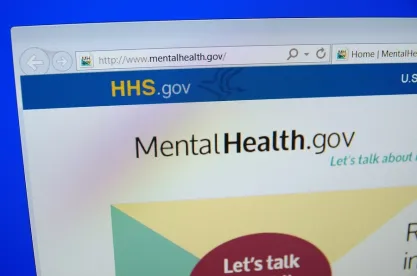Two years ago, the U.S. Department of Health and Human Services (HHS) Office of the National Coordinator (ONC) issued regulations under the 21st Century Cures Act advancing the interoperability of electronic health information (EHI) and access to EHI by patients and interested stakeholders. These regulations (known as the ONC Cures Act “Information Blocking Rule”) established conditions under which providers, developers of certified health IT, and health information networks and exchanges cannot knowingly engage in practices likely to interfere with the access, exchange, or use of electronic health information.
ONC will evaluate information blocking claims by reviewing the unique circumstances surrounding the practice and evaluating the following elements to determine whether information blocking has occurred:
-
The information involved meets the definition of EHI;
-
The Individual or entity engaged in the practice is a regulated Actor;
-
The Actor meets the applicable knowledge standard required for that type of Actor;
-
The practice is likely to prevent, materially discourage, or inhibit the access, exchange or use of EHI;
-
The practice is required by law; and
-
An Information Blocking Rule exception covers the practice.
In the Information Blocking Rule, ONC established eight categories of reasonable and necessary practices that will not be considered information blocking. Failure to meet an exception does not necessarily mean a practice is information blocking. Outside these exceptions, HHS will consider the facts and circumstances surrounding information blocking claims on a case-by-case basis to determine whether the practice rises to the level of an interference and whether the Actor acted with the requisite intent. ONC encouraged Actors to voluntarily comply with an exception so that their practices are not subject to information blocking claims.
The document linked here includes a checklist that is excerpted from portions of the Information Blocking Rule, but in no way should be a substitute for an attorney, the regulatory references (e.g., the statute, the Information Blocking Rule, and HHS interpretive guidance), or an analysis of the practice and the Actor’s intent.





 />i
/>i

